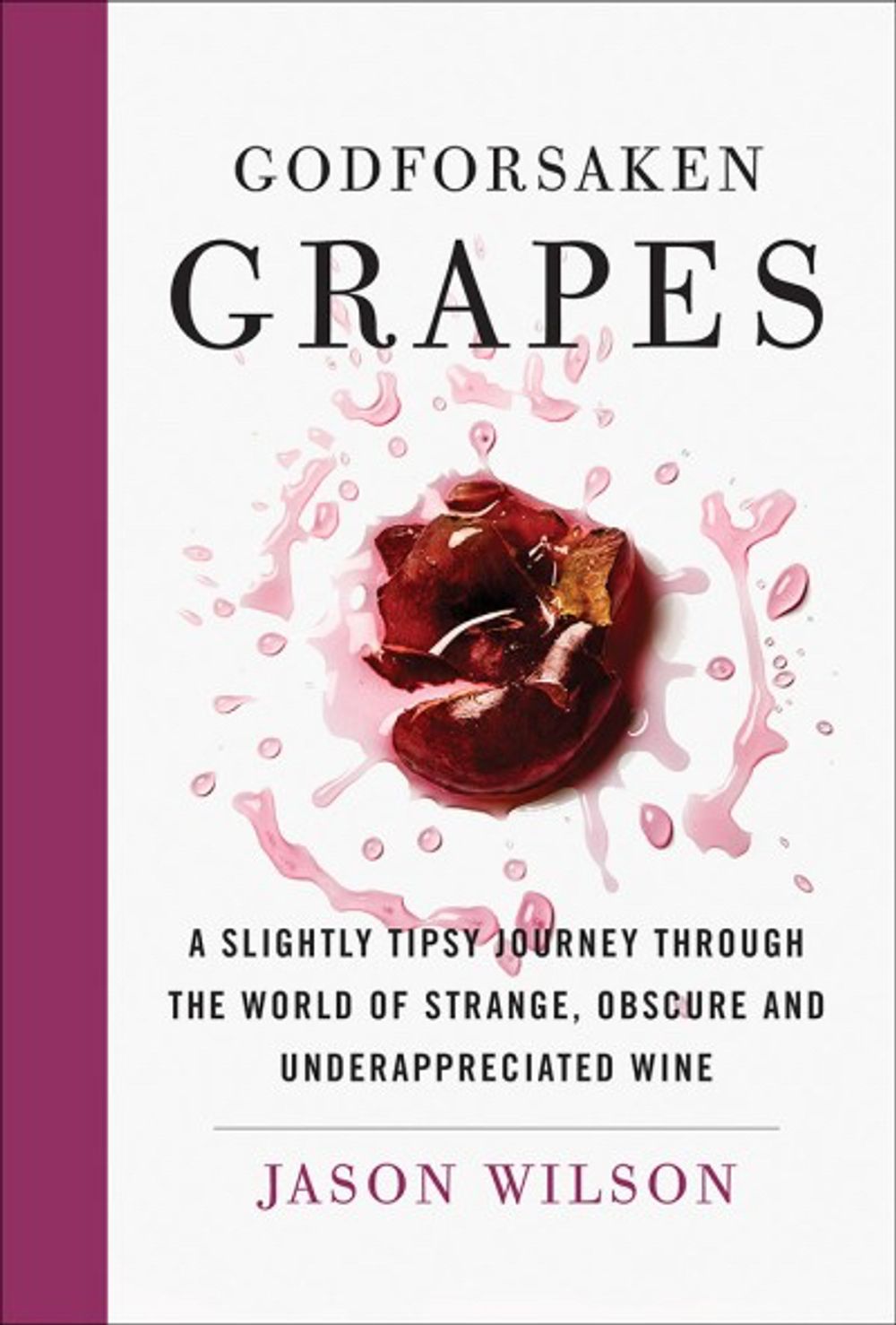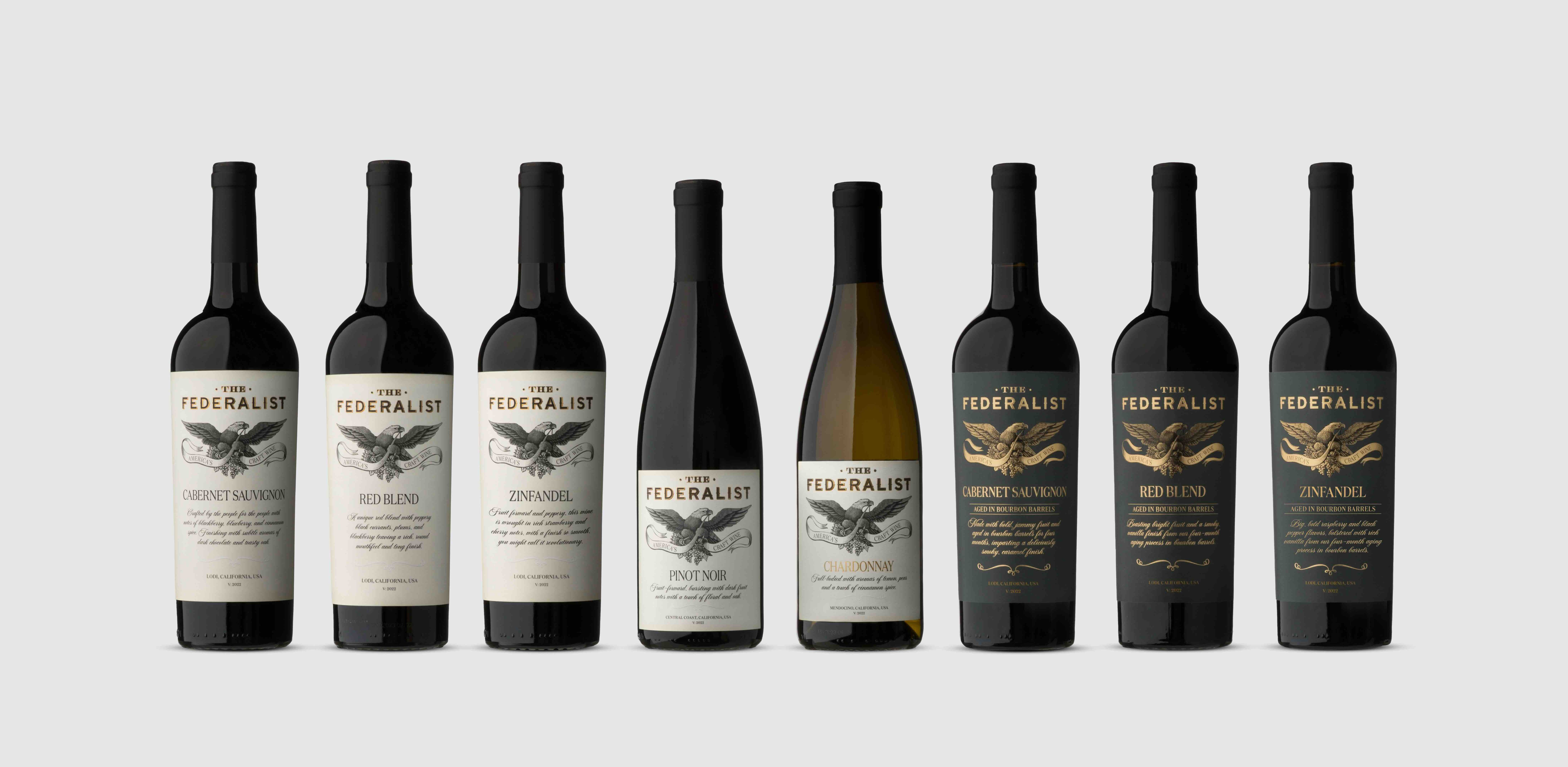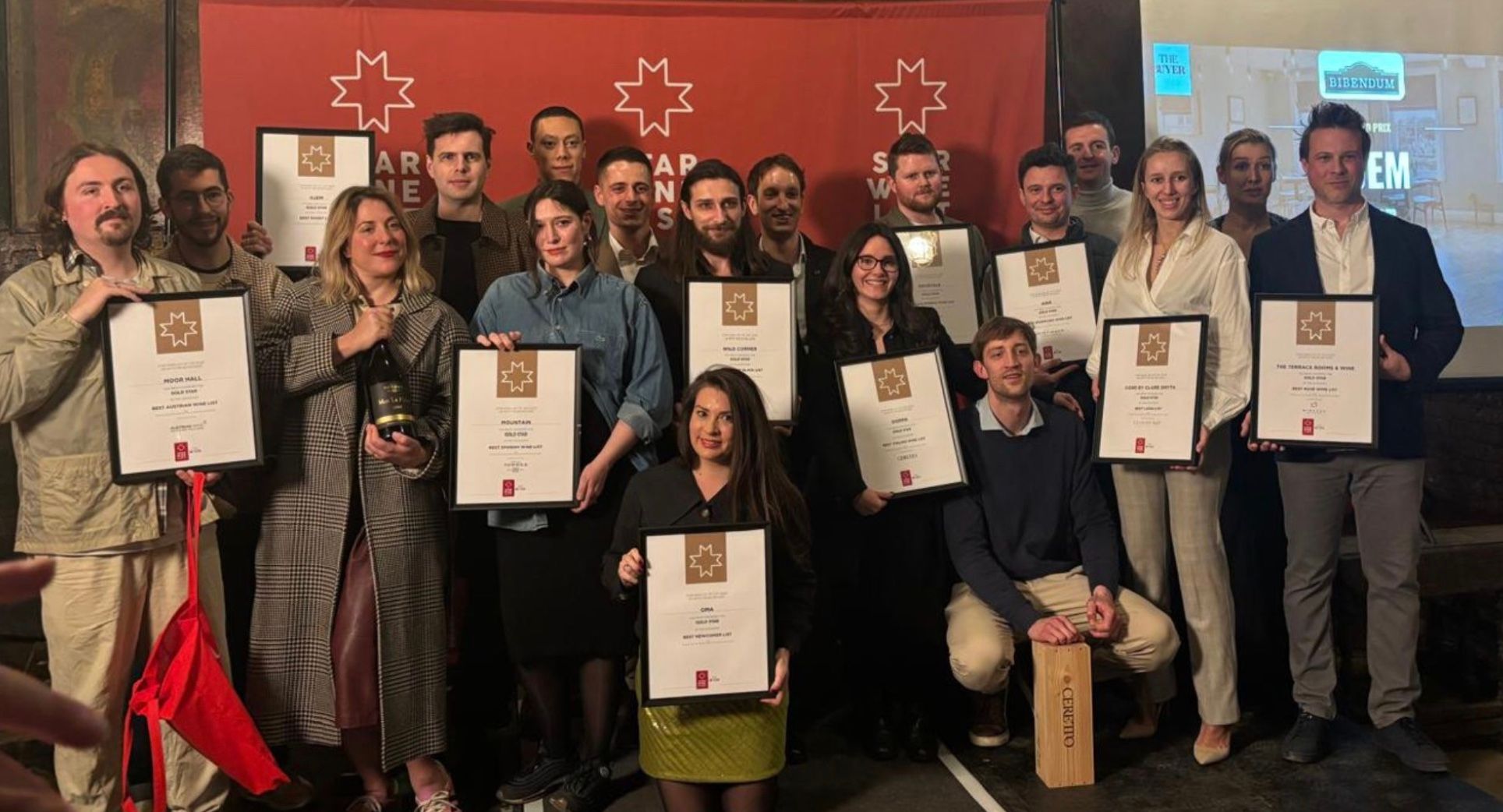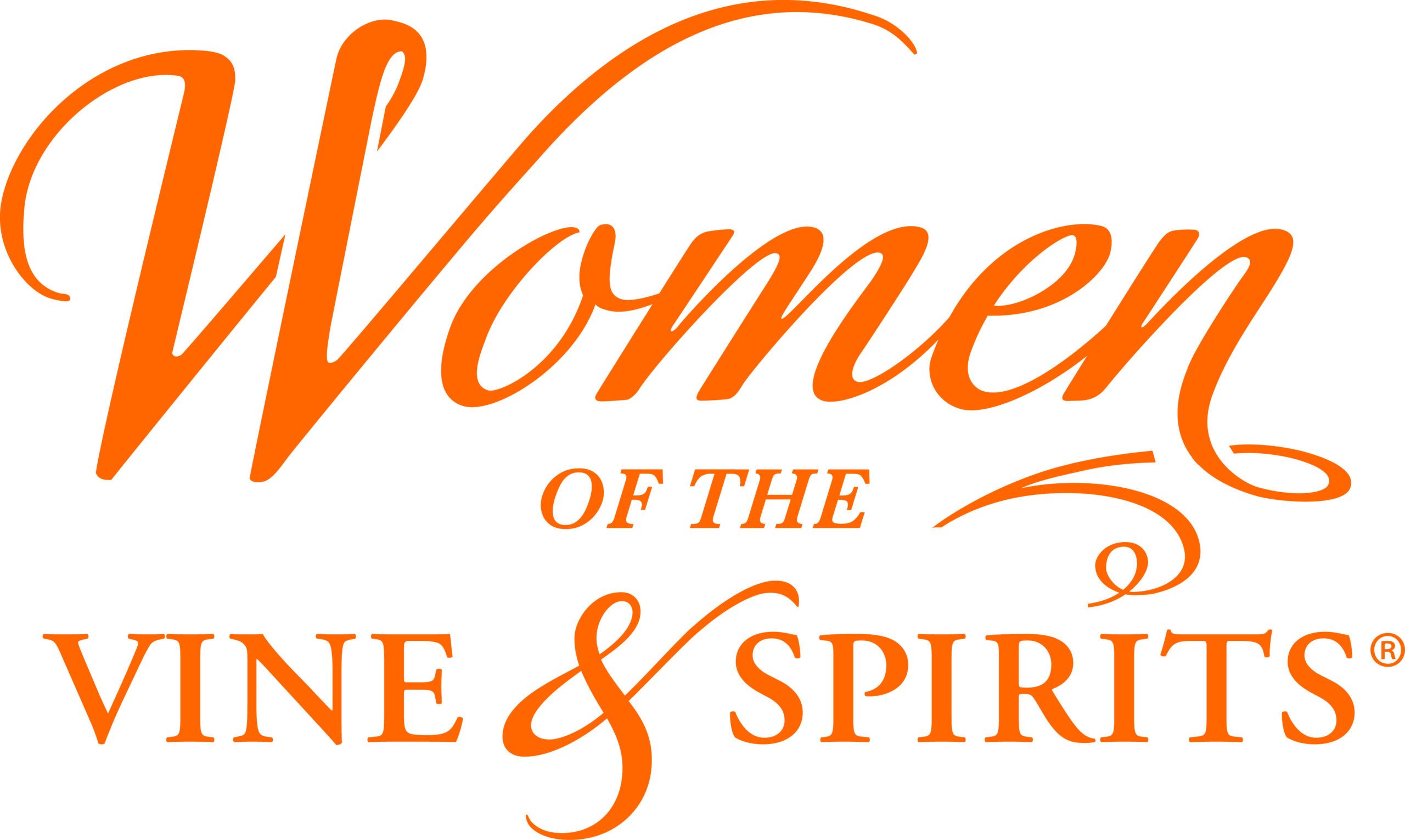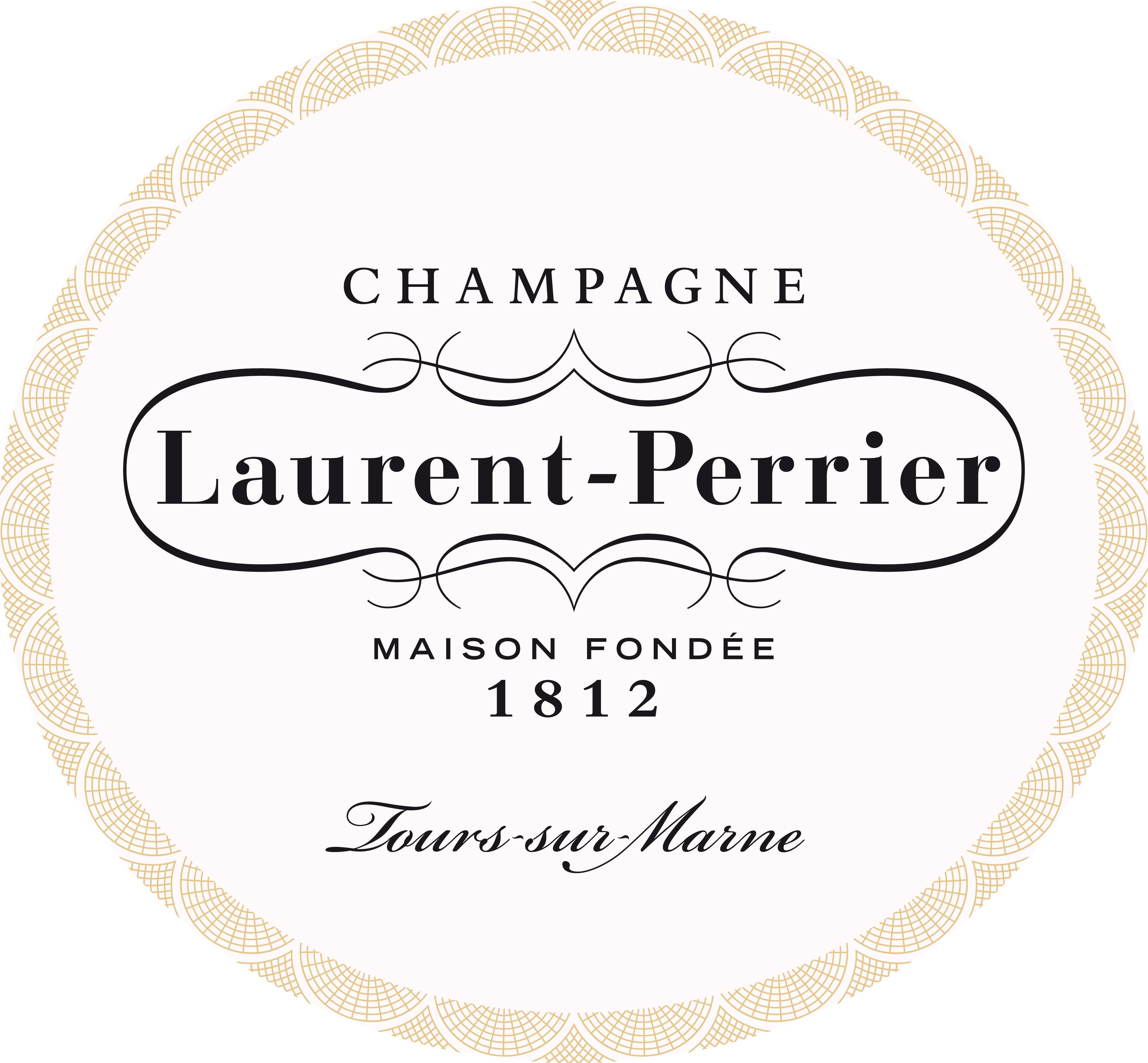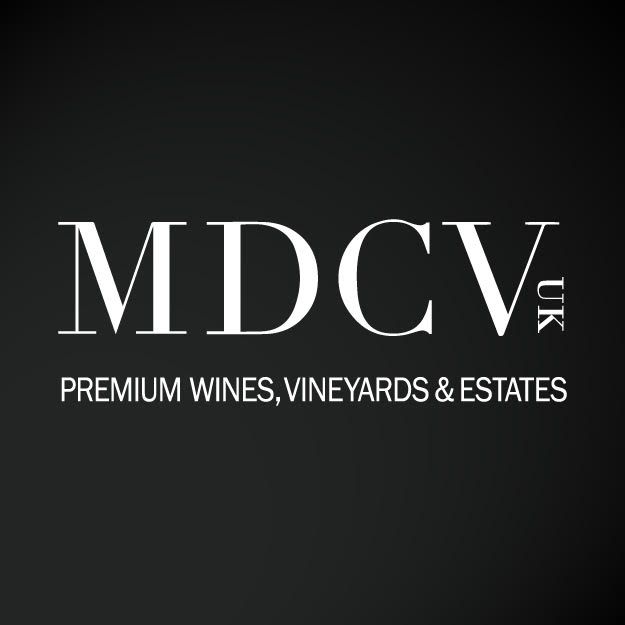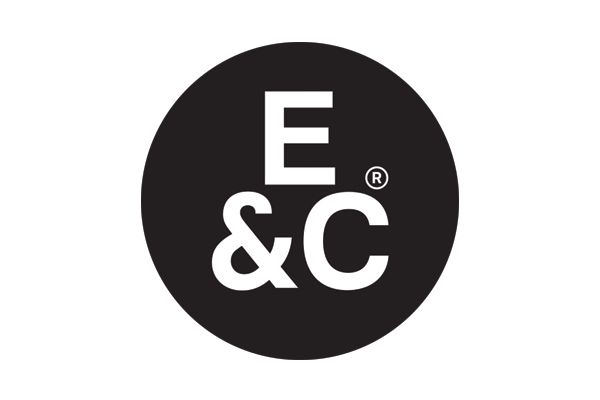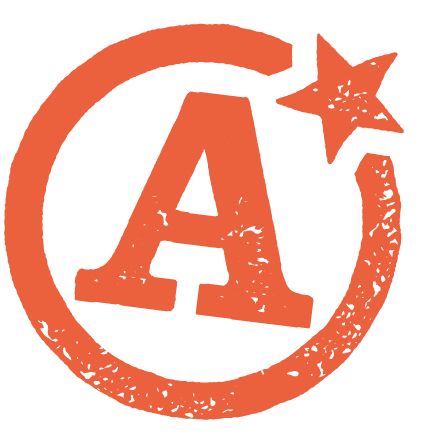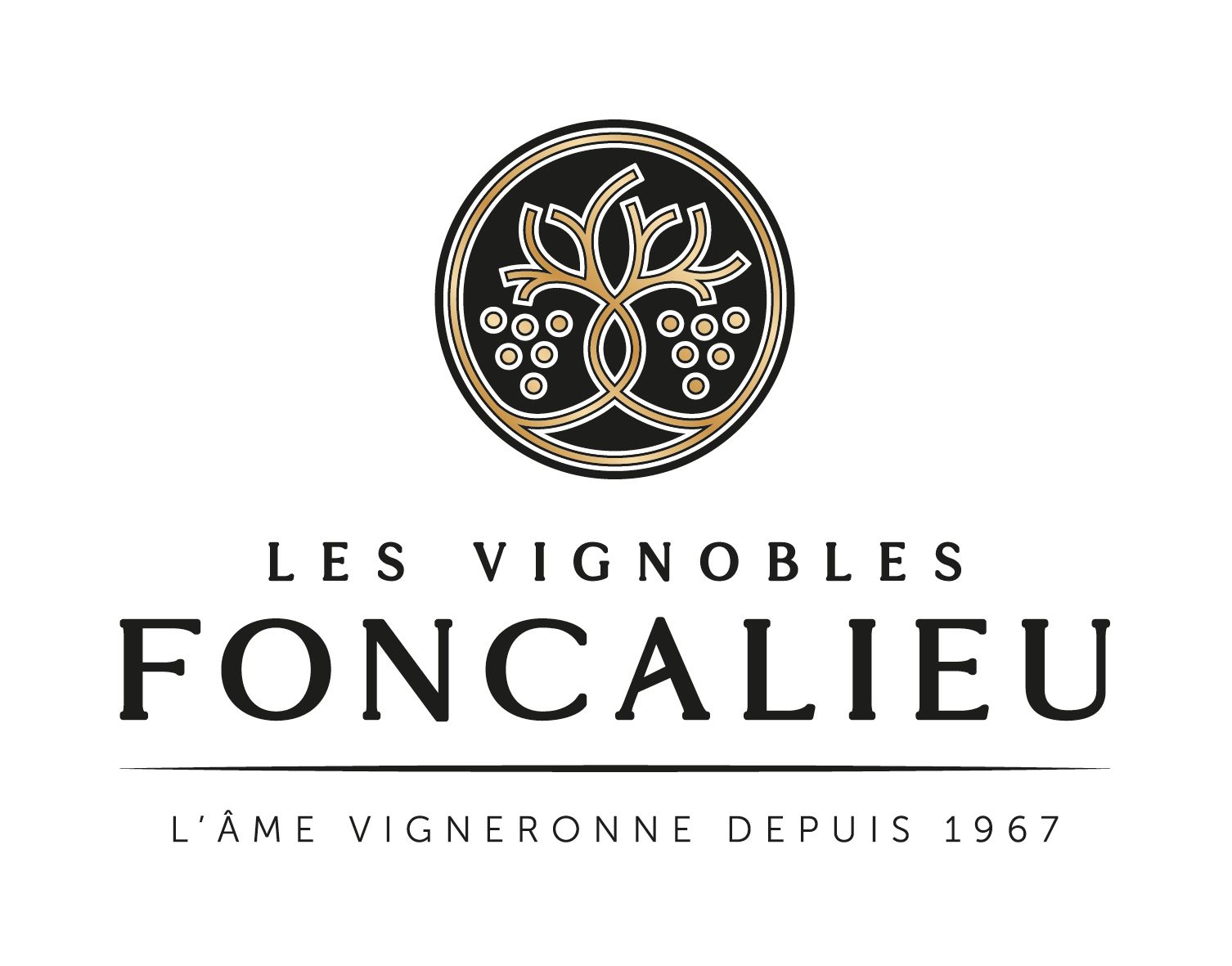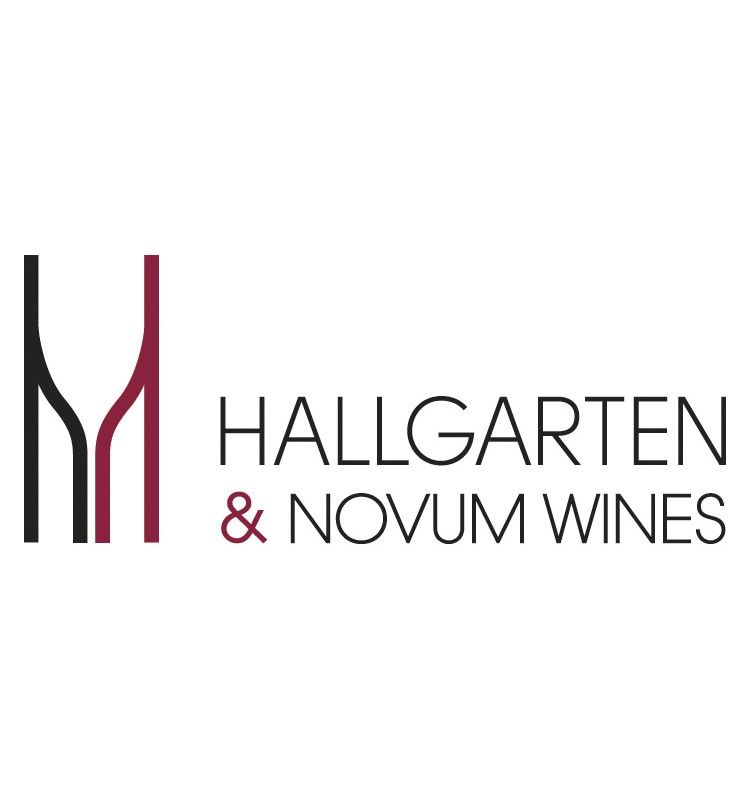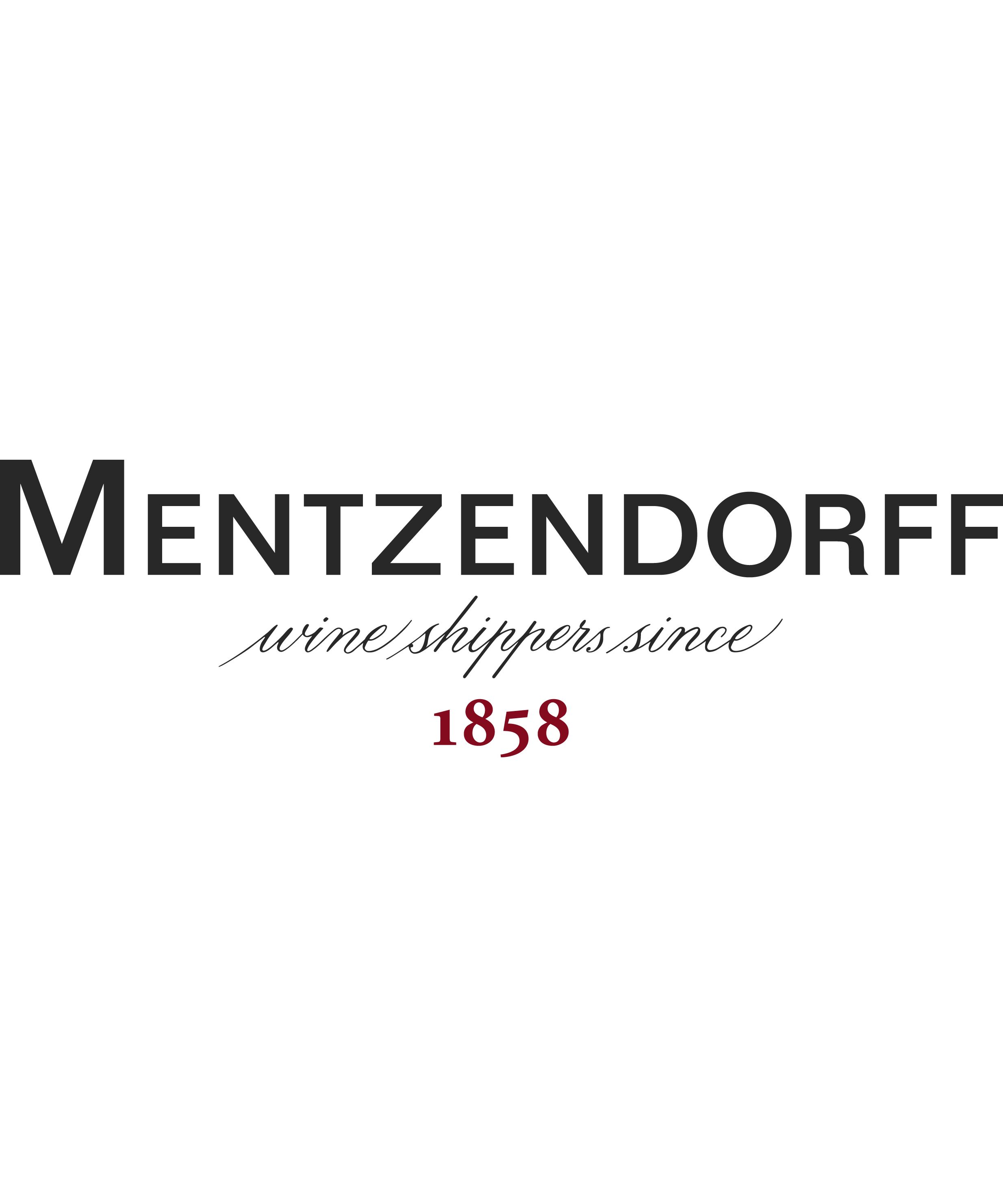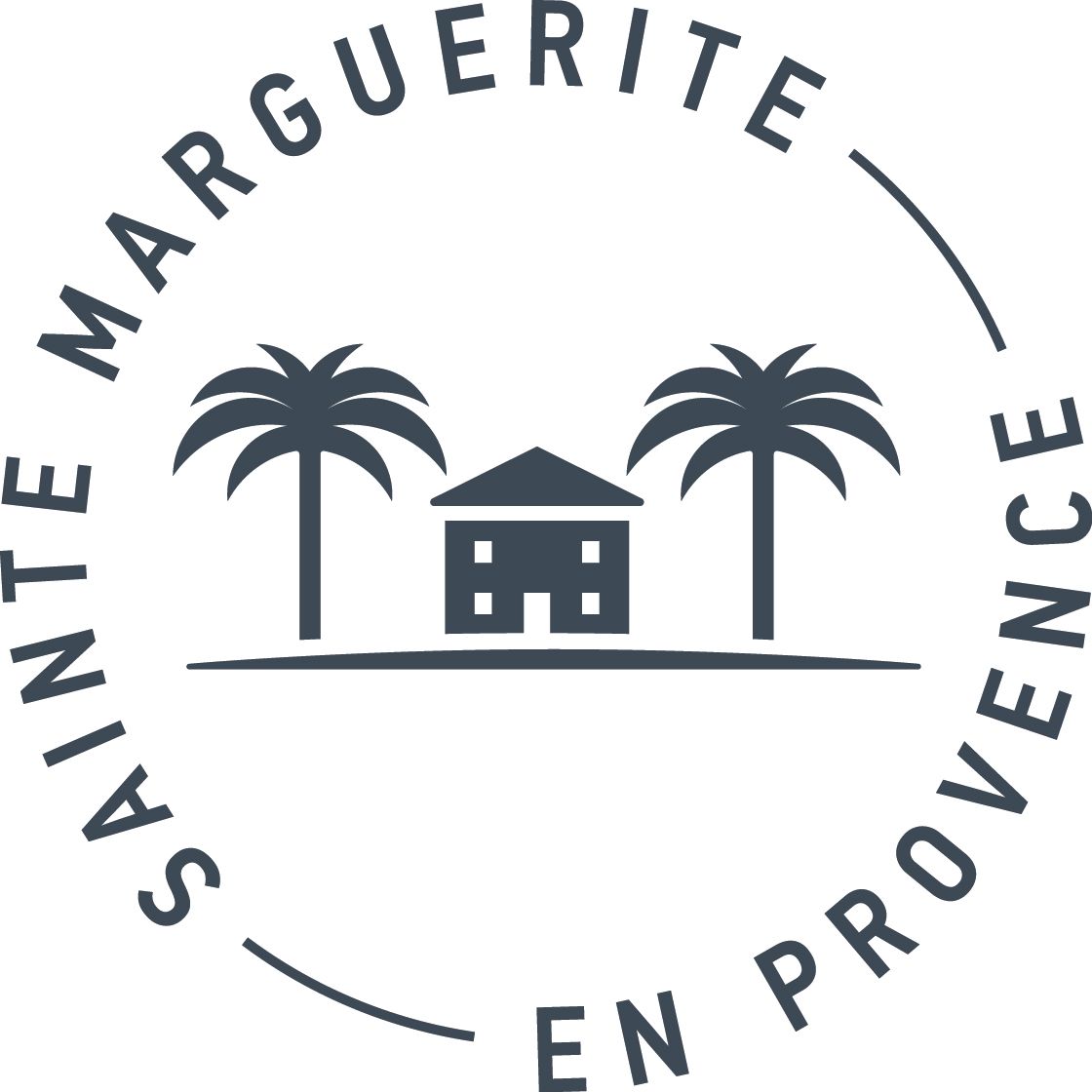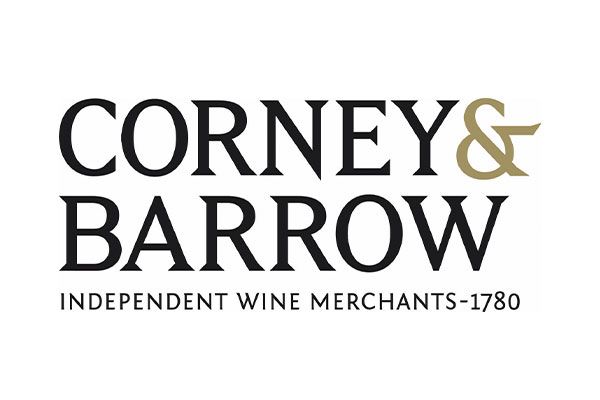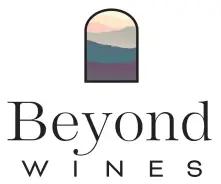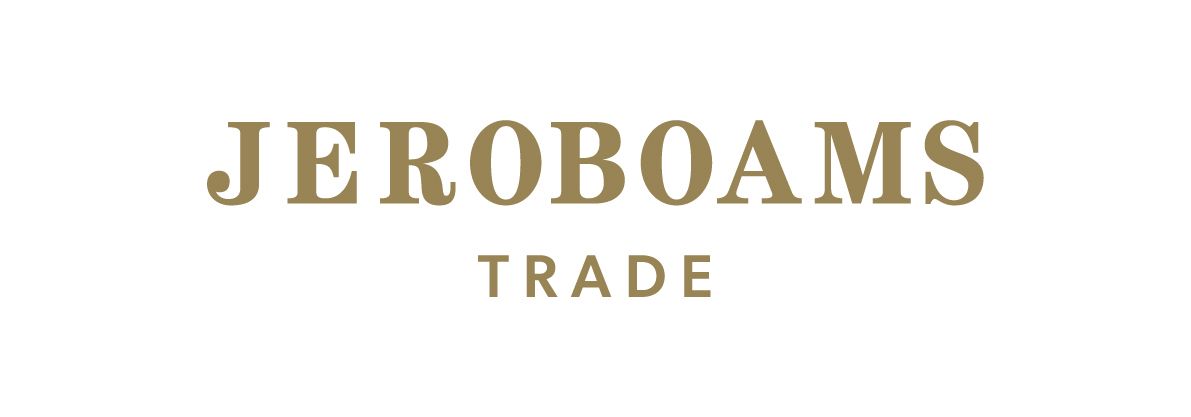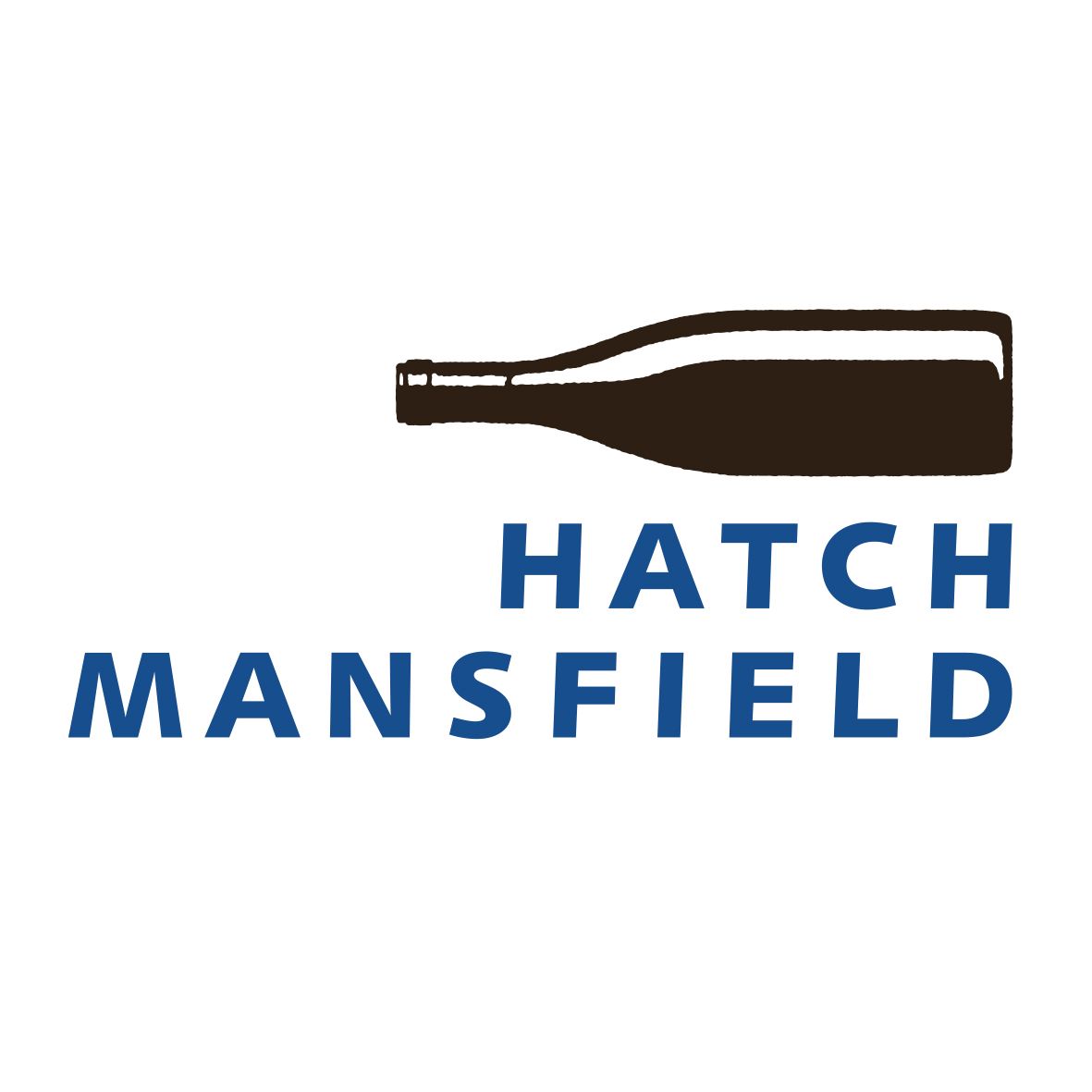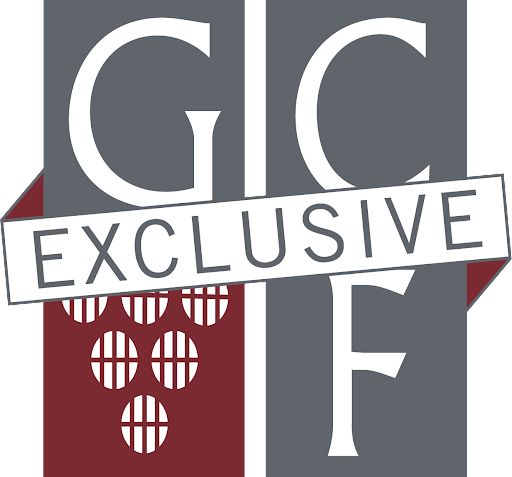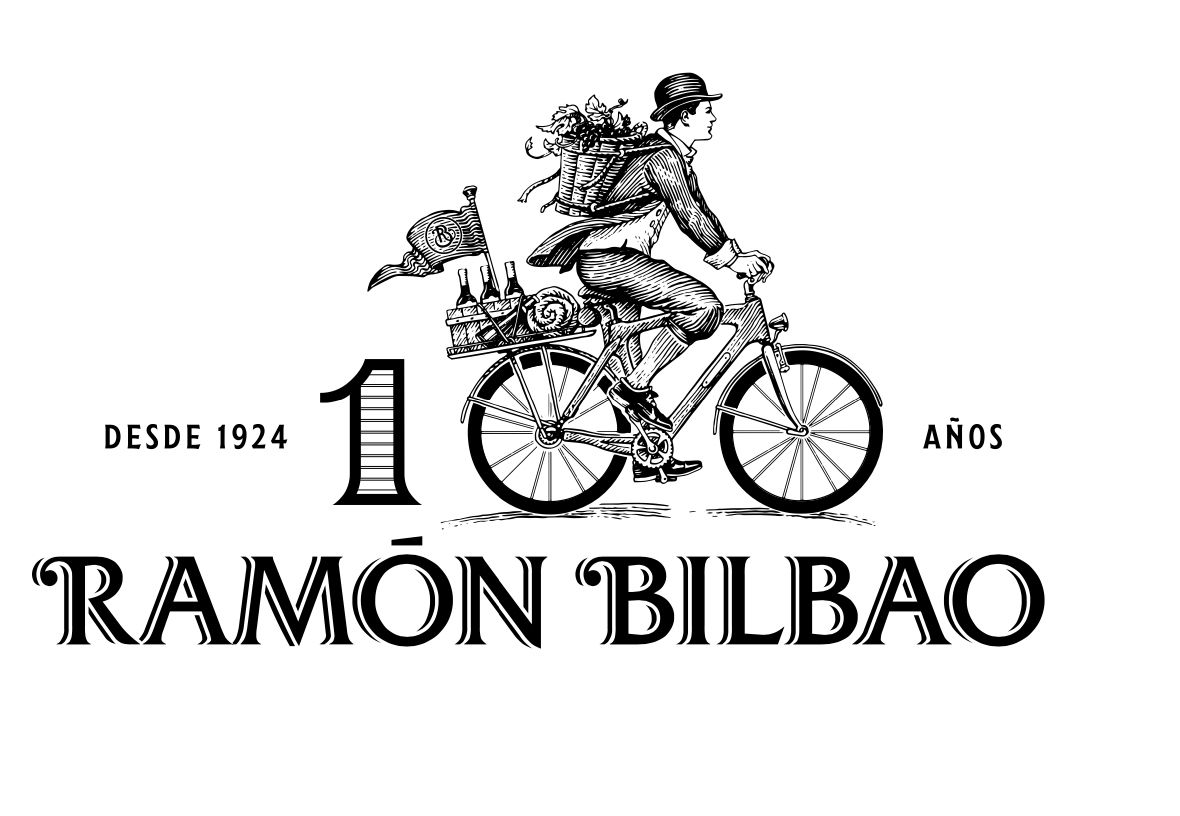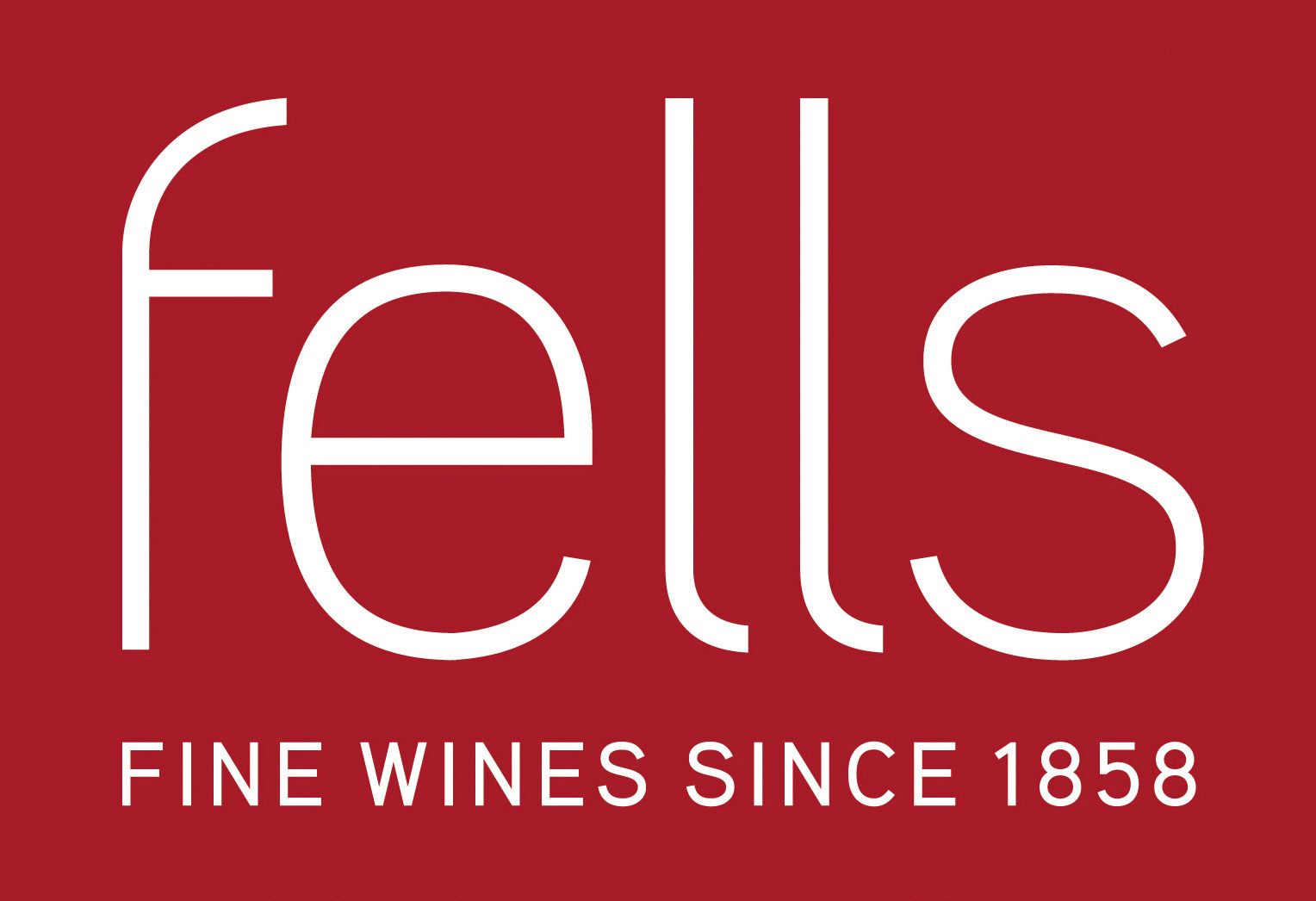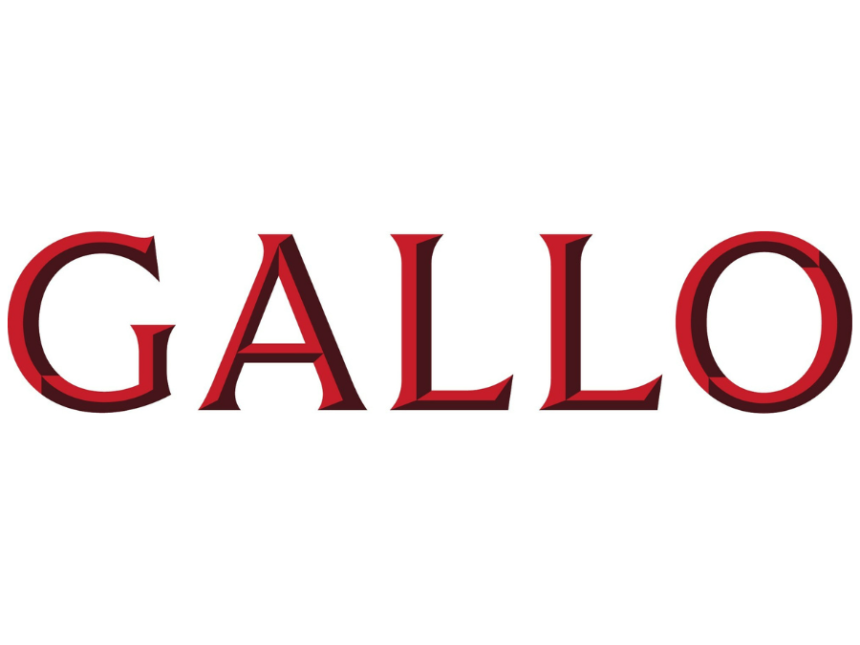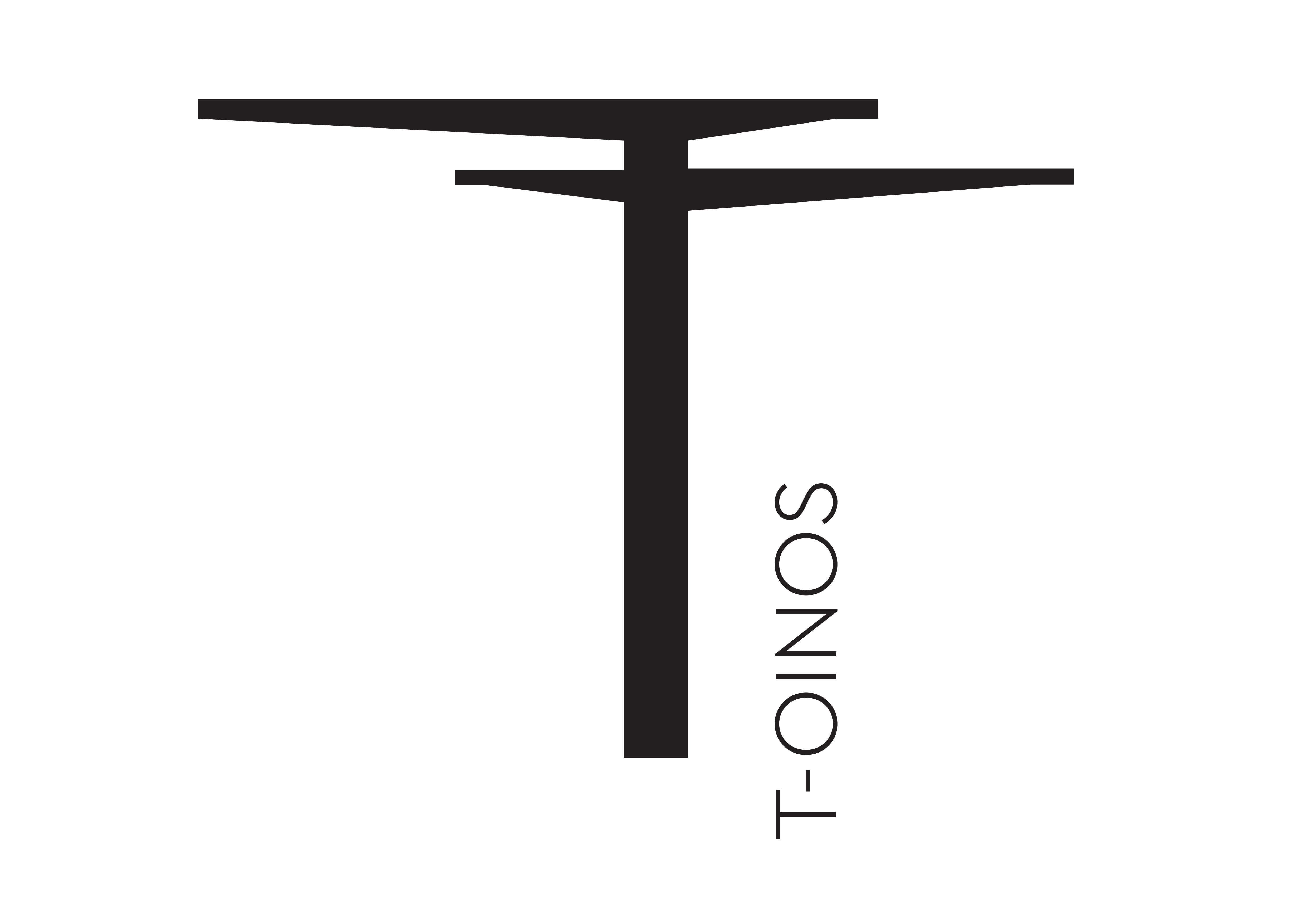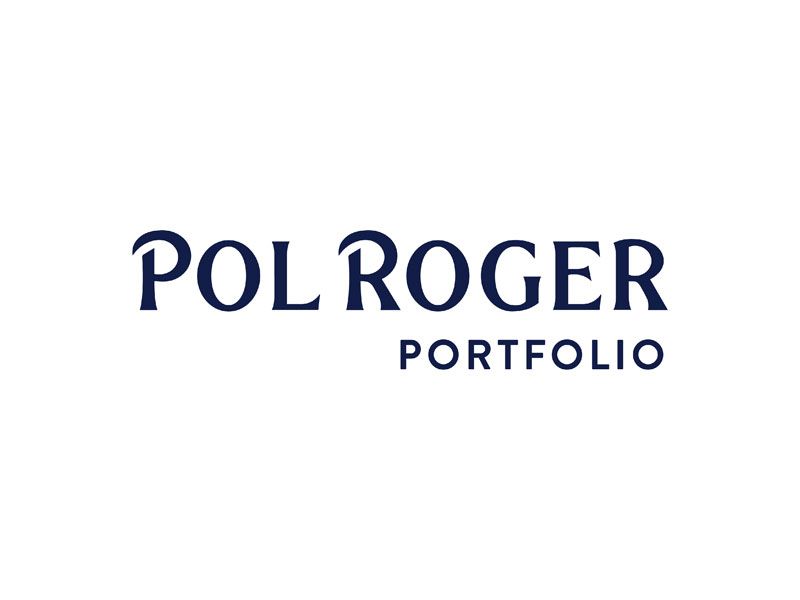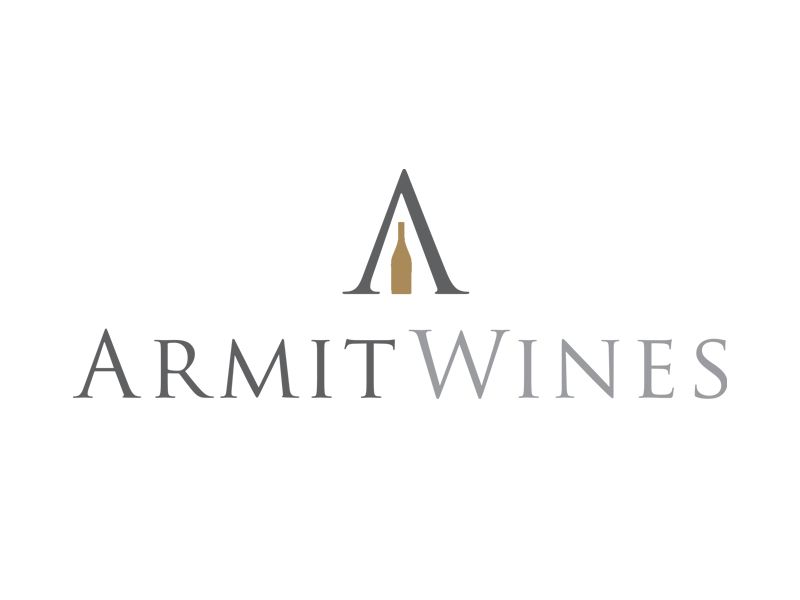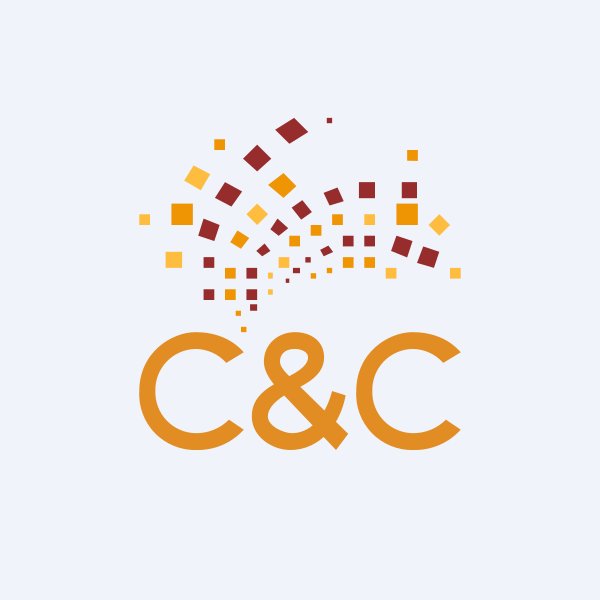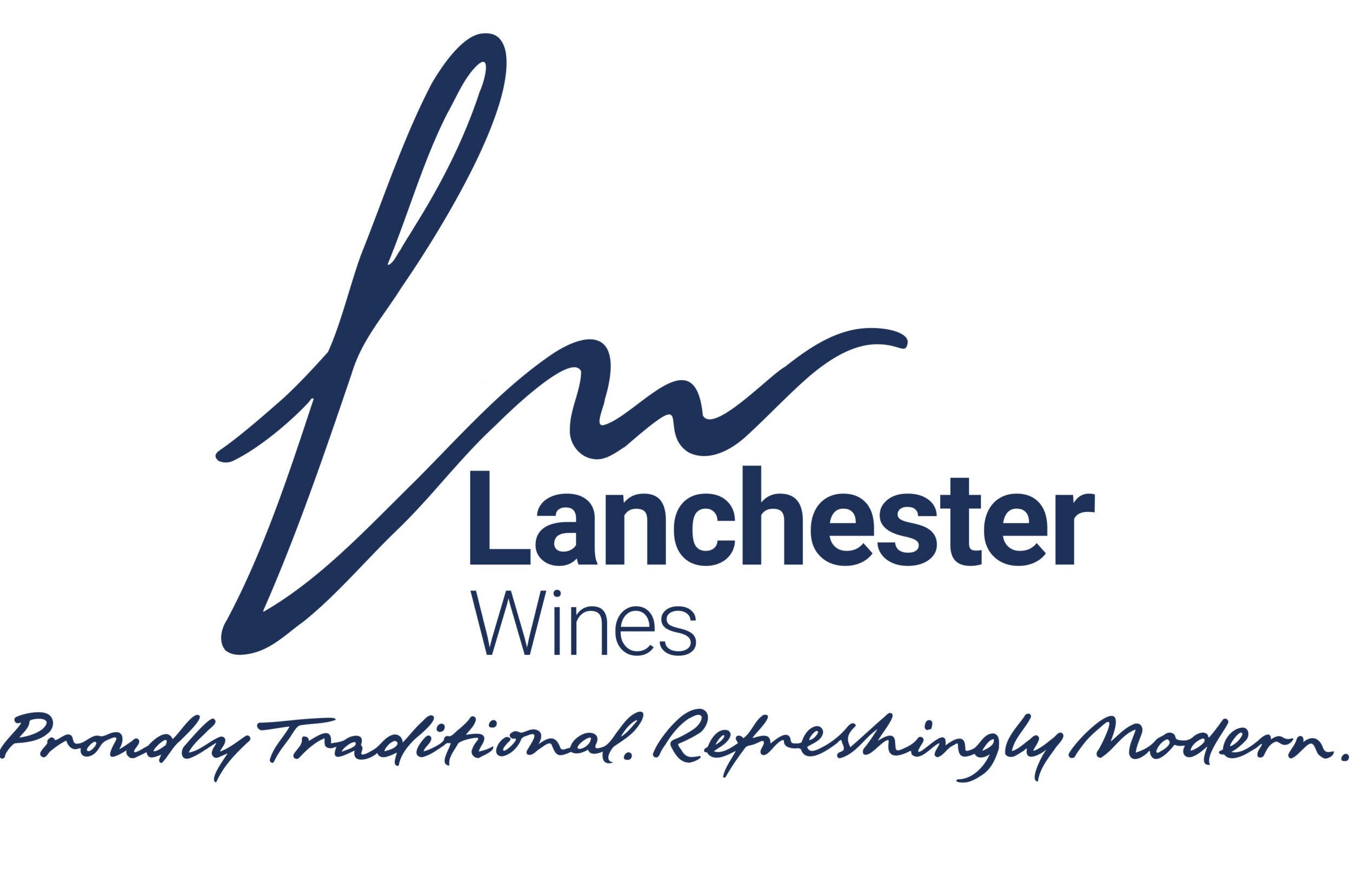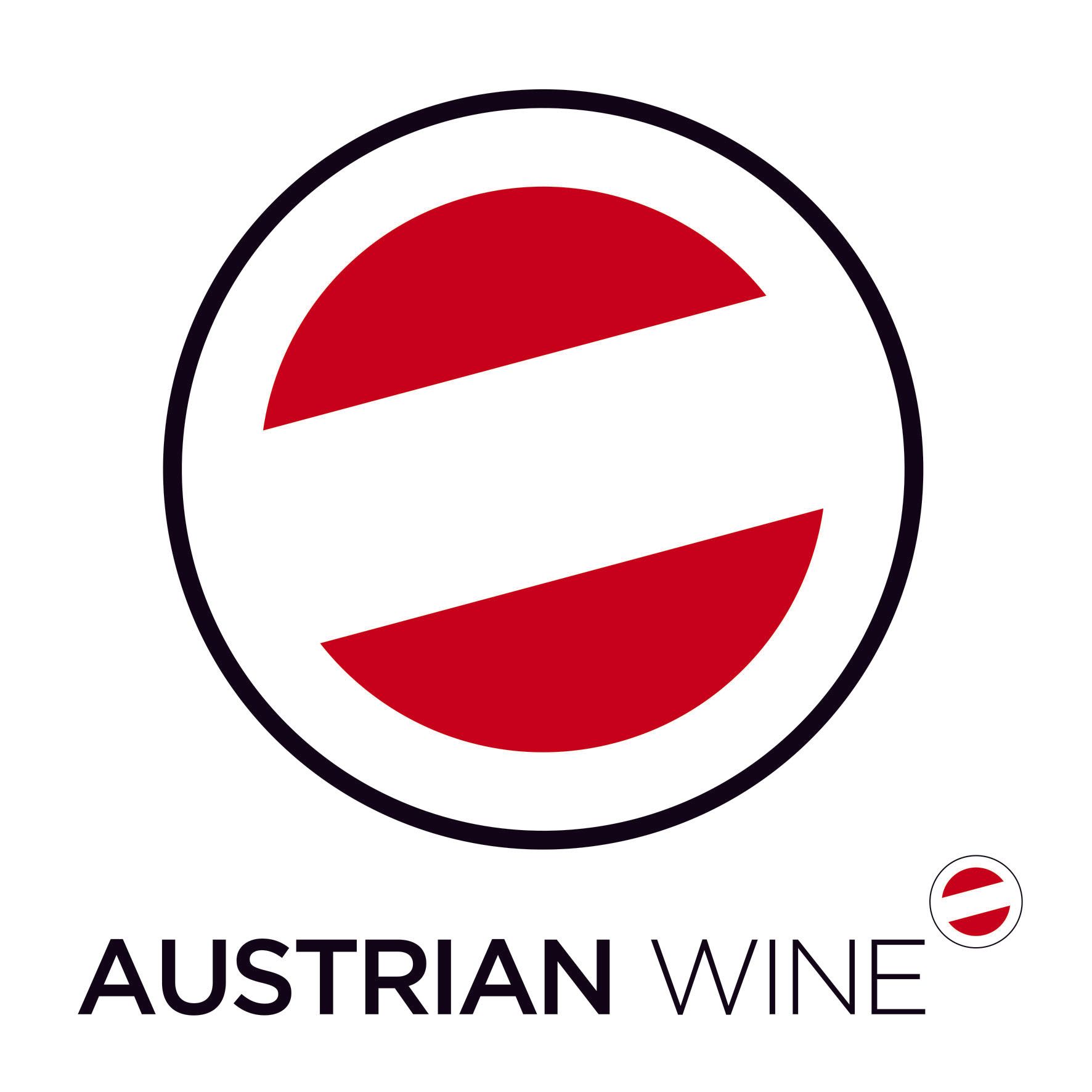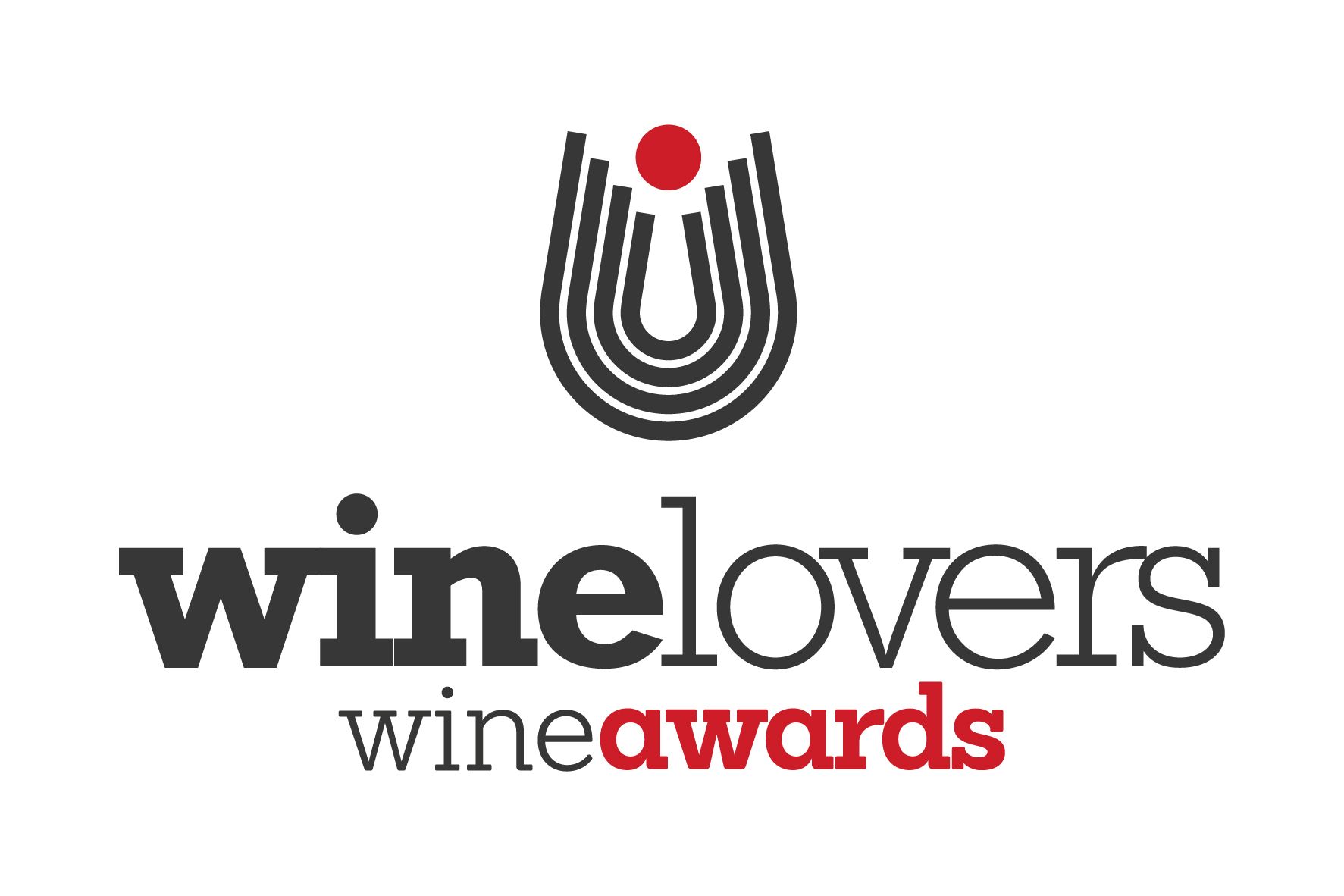In Godforsaken Grapes Jason Wilson looks at how once popular wines fell out of favour (or never gained it in the first place), what it means to be obscure, what wine grapes can tell us about culture, and how history, geopolitics, economics, and fashion have changed what we drink. He also explains why being called “the epitome of cyber-group goose-stepping” by Robert Parker was an unexpected inspiration for his book.
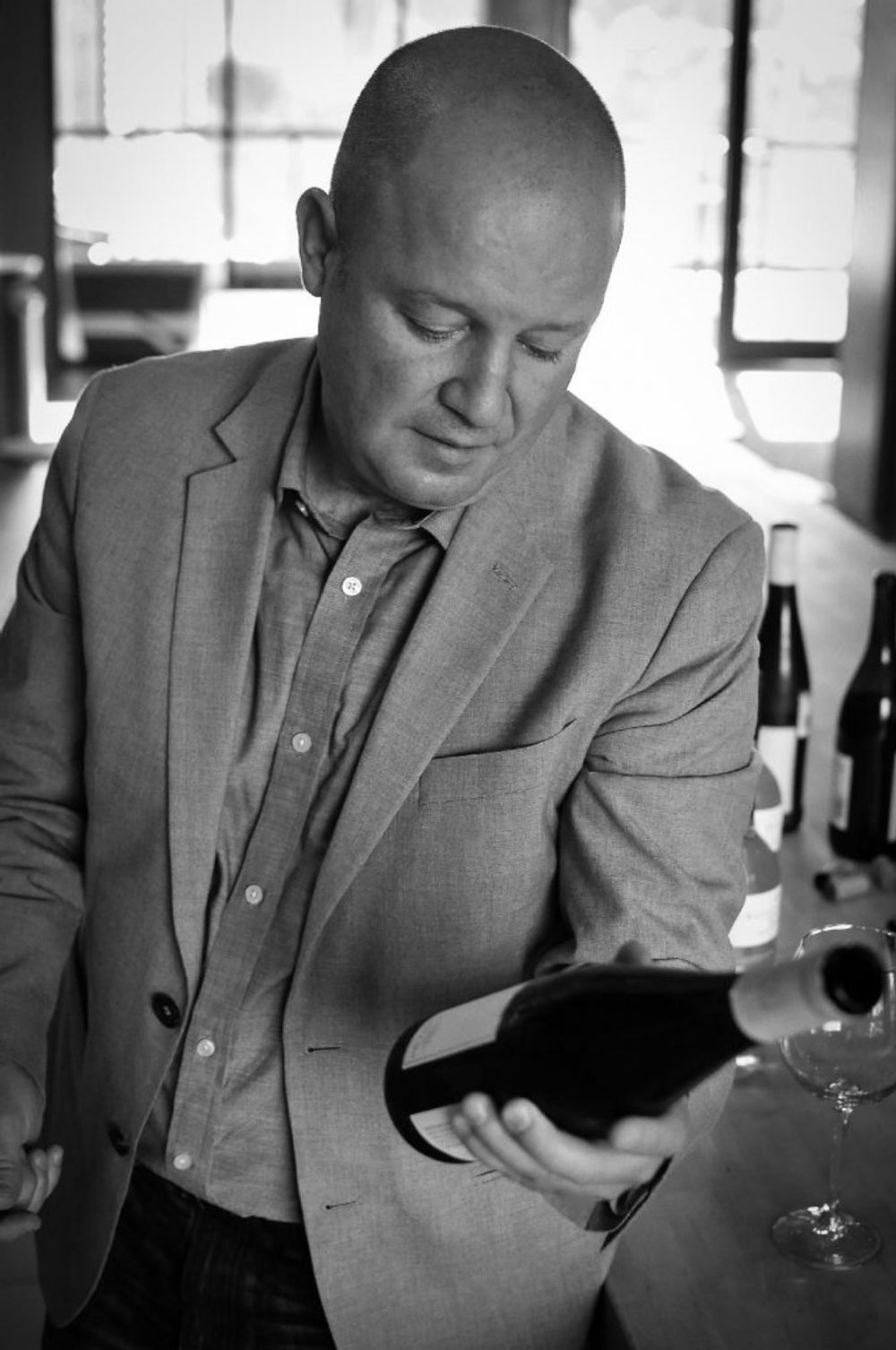
Wine’s intrepid grape explorer: Jason Wilson
Wine is not a ladder to climb, as we’re so often taught. Not even close. Wine is a maze, a labyrinth, one we gladly enter, embracing the fact that we don’t know where it will take us, and that we’ll likely never find our way out. As I trekked deeper into the maze, I veered away from the so-called Serious Wines, moving further off the beaten path. A larger, more exciting world of wine opened up to me. I began spending more time with grapes like Godello from Galicia or Teroldego from the Italian Dolomites or Vranec from Macedonia or Trousseau from Jura or Schioppettino from Friuli-Venezia Giulia. Or many, many others.
In my wine articles, I began recommending unfamiliar wines like the sensual reds made from Greece’s indigenous grapes, such as Xinomavro from Naoussa, in the northern region of Macedonia. Yes, perhaps it seems a bit harder to pro-nounce Xinomavro [ksee-NOH-mah-vroh] than to say Merlot or Sauvignon Blanc or Tempranillo. But when you really think about it, it’s not.
Xinomavro—which literally means “acid black”—is a diva grape, finicky to grow, but when it’s good, people liken it to Nebbiolo, just like people were bidding on in the Barolo castle. That’s because Xinomavro is earthy and complex, light in colour, with strong tannins and good acidity, and aromas of berry and rose and even tar, similar to Barolo. You’d actually be hard-pressed to discern a young Nebbiolo from a Xinomavro wine from Naoussa—and if you did, it’s because you sensed that the Naoussa wine is a little kinkier than its staid Piedmont cousin.
But here’s the twist: Xinomavro will cost you around $15 to $20, about a third to a quarter of a Barolo’s price. You could open the Xinomavro on a Tuesday night, over tacos made from leftover pork roast, and not feel bad about finishing the bottle while binge-watching Broad City. That, after all, is part of the point. Wines made with off-the-beaten-path grapes are fascinating and eccentric, but they are also practical: They repay an adventurous drinker by providing excellent value.
Wonders of the south west
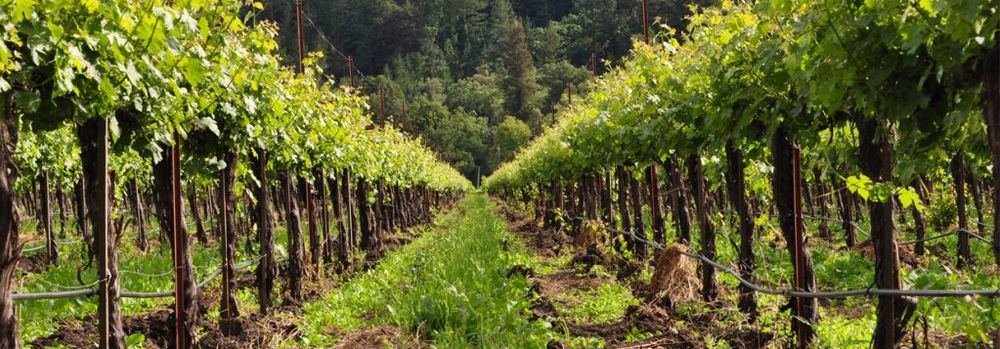
Vineyards across South West France are full of obscure grape varieties
When I think of interesting-but-affordable wines, I think of southwest France, and places like Dordogne, Garonne, and Gascony. These regions are only a short drive from Bordeaux, but instead of Cabernet Sauvignon and Merlot and Sauvignon Blanc, the best wines here are made from Négrette, Tannat, Mauzac, Fer Servadou, and Petit Manseng.
No, I am not just making up gibberish words, I promise. Those are names of grapes that come from Fronton, Madiran, Marcillac, and Gaillac. Those are the real appellations where these wines come from. Even though southwest France is that nation’s fourth largest area in terms of wine volume, we see very little in the United States. That’s not because Dordogne or Garonne or Gascony are upstart, up-and-coming, nouveau regions. They’re actually quite ancient. Winemaking, in fact, flourished here with the Romans, long before it did in Bordeaux.
For centuries, people have been making big, jovial, rustic reds around the Gascon village of Madiran, where the Tannat grape is king. Tannat had a small blip of notoriety in the mid-2000s when scientists found that it contained the highest, most potent levels of polyphenols, those antioxidants that prevent an array of health problems like cancer, heart disease, and diabetes. But it’s still largely unknown.
Madiran wines are muscular, dark, juicy wines—with notes of black cherry, black olive, and black coffee—that feel just right for when the weather turns cold and leaves begin to fall. Bottles of Madiran washed down a decadent meal in Gascony where I was fed so much rich foie gras and pressed duck that I feared my host might be preparing me for the same fate as the geese. Just about every Madiran I’ve seen retails for under $25, most under $20.
Fer Servadou anyone?
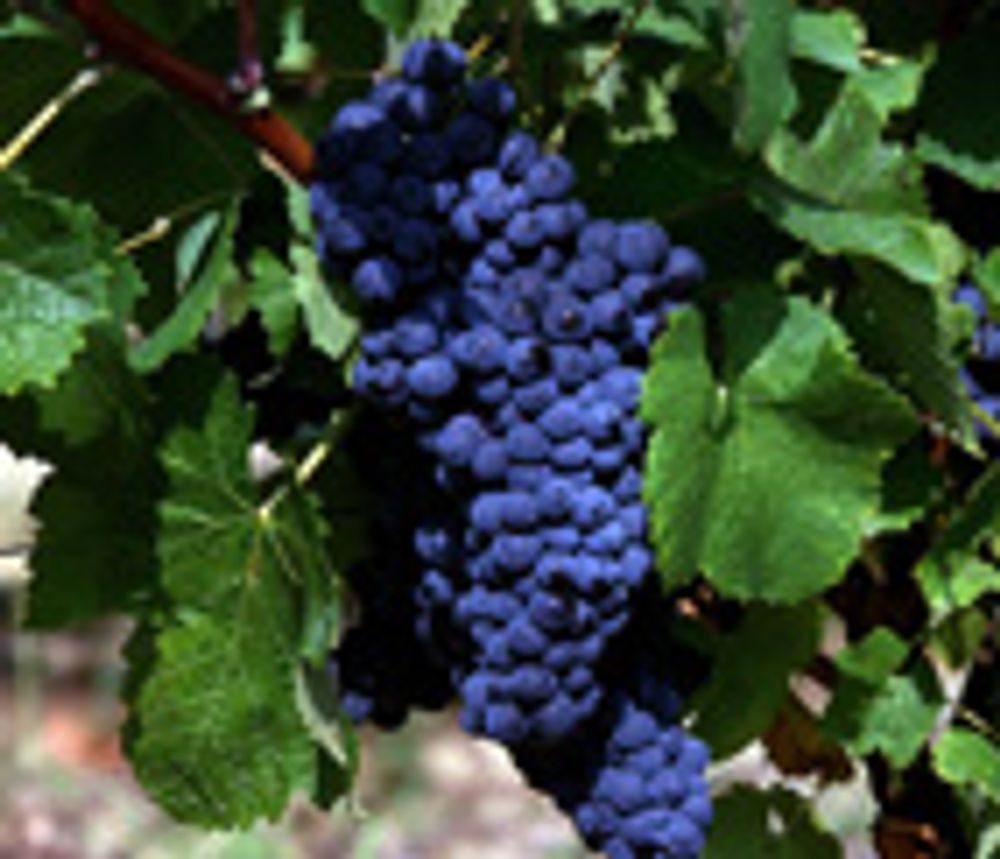
Bracoul = Fer Servadou
At the other end of the spectrum are the lighter-bodied, blood-purple wines made with the Fer Servadou grape, which is called Braucol in Gaillac and Mansois in Marcillac, its two main growing areas. Fer Servadou (or Braucol or Mansois) shares certain food-friendly characteristics with my beloved Loire Valley Cabernet franc, but the savoury elements, such as eucalyptus and dried rosemary, are just a little more intense, with a fresh finish like the best shower you’ve ever had. Kind of like those old Irish Spring commercials where the suave guy in the turtleneck sweater wins the Celtic lass.
Every Marcillac I’ve ever opened is always drained very quickly: the most reliable test of a wine’s drinkability. Most Gaillac or Marcillac wines retail for under $25.
Perhaps my favourite wines from southwest France are those from Fronton, made with Négrette, a delicate red that’s perfumed like a Mediterranean garden with exotic dried herbs and wild plums. It feels like a wine that might have been served in Byzantium—which makes sense since Négrette is related to Xinomavro, and according to legend it was brought back to France from Cyprus during the Crusades. Just about every Fronton I’ve seen is priced under $20.
Where are these grapes?
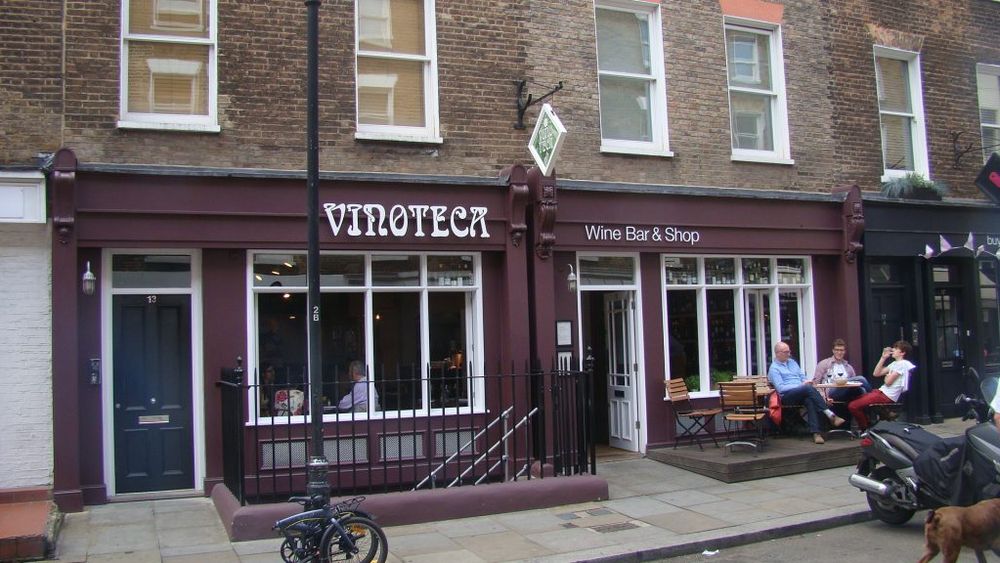
Vinoteca in London is one of the increasing number of wine bars that are now taking unusual grape varieties seriously
I could go on naming more grapes, slipping further down the maze. But at this point, you might ask: Why can’t I find affordable wines like these on more store shelves and wine lists? Why aren’t more people talking about interesting, good-value wines like these? Why aren’t grapes like fer servadou and tannat and négrette found in more regions of the world, the same way the noble grapes are?
Perhaps it’s because Tannat is a very tannic grape, which makes it more difficult to work with than, say, Merlot. Maybe farmers stopped planting Fer Servadou because the vine’s hard woodstock (fer means iron in French) was less convenient than Cabernet Sauvignon. Perhaps Négrette was too finicky and delicate. Or, perhaps, grapes like Fer Servadou and Tannat and Négrette are obscure for a much simpler reason: Powerful people have always wanted it that way.
Put in their place
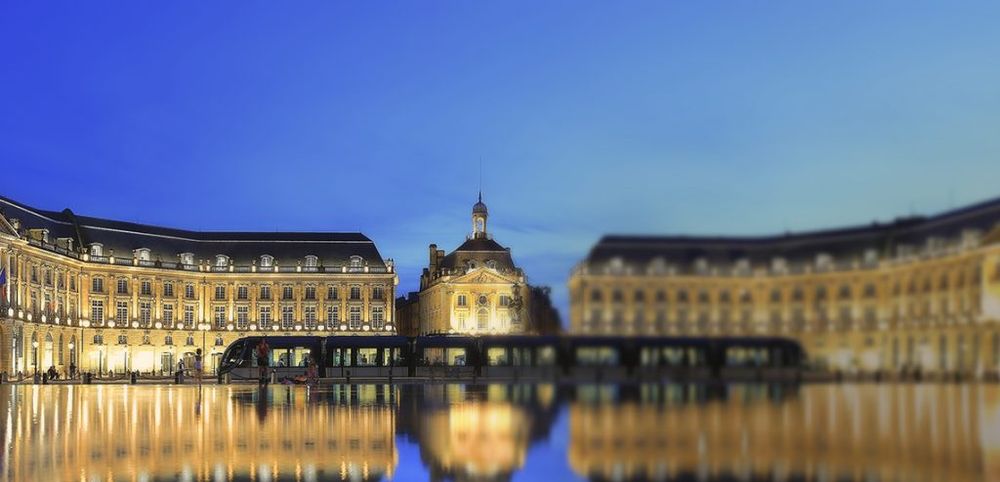
The power of Bordeaux in the 13th and 14th centuries played a part in keeping emerging wines and regions in their place
Back in the 13th and 14th centuries, the merchants in Bordeaux began to see the wines of southwest France as a threat to their economic interests. So Bordeaux, wanting to keep its dominance over the wine trade with England, flexed its muscles to establish a strict code called police des vins, which decreed that no wine could be traded out of Bordeaux until the majority of Bordelais wine had already been sold. This dealt a devastating blow to the winemakers in southwest France.
In Hugh Johnson’s book Vintage: The Story of Wine, he quotes Anne Robert Jacques Turgot, finance minister under Louis XVI, who described the effects of police des vins “The conduct of this set of rules, most artfully devised to guarantee to the bourgeois of Bordeaux, the owners of the local vineyards, the highest price for their own wines, and to the disadvantage the growers of all the other southern provinces.”
When the winemakers in southwest France could no longer sell wine at premium prices, those areas settled into a provincial backwater. Some of the growers ripped out their vineyards of local grapes and replanted the noble grapes, in an attempt to ride Bordeaux’s coattails. Those that continued to work with local grapes made low-cost, everyday “peasant” wine. The rest of the world mostly forgot about Fer Servadou and Tannat and Négrette. Due to Bordeaux’s power and influence, it’s taken more than 500 years for wine geeks to rediscover the indigenous wines of southwest France.
The Parker factor
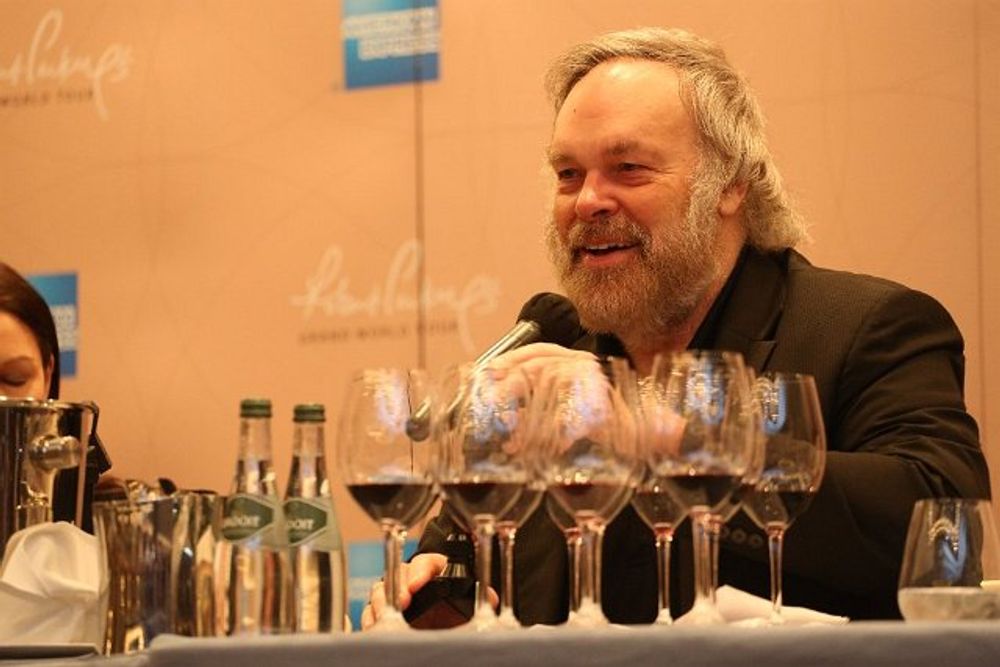
Then there is the Parker factor…and not in a good way
Even today, there are plenty of powerful people in the wine world who fight to maintain the status quo of the noble grapes, and they throw shade on the idea of exploring new grapes or rediscovering classic-but-forgotten regions. One of them is Robert Parker, the so-called “Emperor of Wine,” who established his sizable reputation and fortune by recommending the wines of Bordeaux and Napa Valley to Baby Boomers who came to wine in the 1980s and 1990s. Not too long ago, he may have been the world’s most influential critic on any topic. Now in his 70s, his influence among younger wine enthusiasts on the wane, he is still a force to be reckoned with—feisty, combative, and antagonistic toward any point of view that runs counter to his.
Robert Parker called us “Euro-elitists” and “wannabes” and “extremists” whose recommendations are “the epitome of cyber-group goose-stepping” and “Kim-Jung-unism.”
The clearest and most notorious example of Parker’s prejudice toward non-noble grapes happened in early 2014, just as I’d begun sharing my discoveries of grapes such as Xinomavro or Fer Servadou in my earliest wine articles. Parker published a now-infamous, unhinged rant that scolded people like me who embrace off-the-beaten-path wines. He called us “Euro-elitists” and “wannabes” and “extremists” whose recommendations are “the epitome of cyber-group goose-stepping” and “Kim-Jung-unism.” Yes, seriously. He did. It was the literary equivalent of an old man shaking his fist at younger punks.
Four times in the first 700 words, Parker referred to his “35 years” in the wine-critic business. He spewed out a lot of lines that sounded as if they were taken from 1950s anti-communist propaganda, full of “perpetrators” and “neo-intellectuals” and suggested that those who offer points of view contrary to his are like the “propaganda machines of totalitarian regimes.” He also said our way of writing about wine needs to be “condemned” and “repudiated.”
Does he mean us!?
Mainly, what Parker seemed riled up about is the growing number of younger wine writers and sommeliers who don’t share his opinions. Some of us like so-called natural wines; some of us are fed up with high-alcohol, over-oaked, jammy fruit bombs; some – like me – just happen to recommend lesser – known wines to our readers. Most of us have grown bored of the expensive, prestige Serious Wines. What struck me most were these passages:
“What we also have from this group of absolutists is a near- complete rejection of some of the finest grapes and the wines they produce. Instead they espouse, with enormous gusto and noise, grapes and wines that are virtually unknown. That’s their number one criteria—not how good it is, but how obscure it is . . .
“Of course, they would have you believe some godforsaken grapes that, in hundreds of years of viticulture, wine consumption, etc. have never gotten traction because they are rarely of interest (such as Trousseau, Savagnin, Grand Noir, Negrette [sic], Lig-nan Blanc, Peloursin, Auban, Calet, Fongoneu, and Blaufrank-isch [sic]) can produce wines (in truth, rarely palatable unless lost in a larger blend) that consumers should be beating a path to buy and drink.”
I was sort of impressed by Parker’s level of bile. I don’t think I’ve experienced a rant like that one since I was 15 and our neighbour, the wifebeater, called me and my skateboarding friends “dirty longhairs” and shouted at us to get out of his driveway. But there it was, in black and white. Power had spoken. The biggest gatekeeper in wine had excoriated people like me for our perceived “near-complete rejection” of grapes like Chardonnay and Cabernet Sauvignon or Pinot Noir.
He scolded us for recommending what he called “godforsaken grapes.” And he even named, among the godforsaken grapes, several that I had recently written about, including Négrette, which Bordeaux had tried to eradicate hundreds of years before.
So my kind had been cast as some sort of wine outlaw—a lover of “godforsaken grapes”—by the world’s most influential wine critic. That afternoon I’d be flying off to Europe, to taste and discover some more godforsaken grapes—in some cases the very grapes that Parker had singled out for scorn. By that time the next day, I’d be back in Switzerland, tasting Savagnin. Not long after that, I would be in Austria, tasting Blaufränkisch. And only a little while later, I would be in southwest France, tasting Négrette. Among many other, even more uncommon grapes.
Why was I doing this? At that moment, I couldn’t have possibly explained. I was already obsessively lost in the wine labyrinth. But I couldn’t tell you why this obsession with strange, unpronounceable grapes had caused me to leave my secure job, destabilise my family, and pursue this mania. All I could say was that it felt important.
- A combination of travel memoir and epicurean adventure, Jason Wilson’s Godforsaken Grapes – A Slightly Tipsy Journey Through The World of Strange, Obscure and Underappreciated Wine to give it its full title – offers readers the chance to gain the wisdom of Wilson’s experience, and hopefully inspire them to drink something different. Having come to wine later in his career, Wilson’s approach is both enthusiastic and accessible, inviting for anyone from the sophisticated oenophile to the new wine drinker. Blending extensive travels in wine-producing regions and conversations with wine evangelists, cutting-edge winemakers, growers keen to preserve their endangered grapes, and explorers on an obsessive hunt for the rarest grapes in the world, Godforsaken Grapes is an entertaining love letter to wine.
- Jason Wilson writes for the Washington Post, New York Times, and many other magazines and newspapers.
